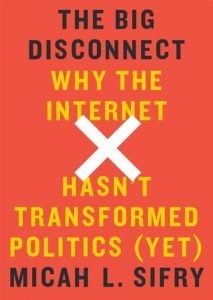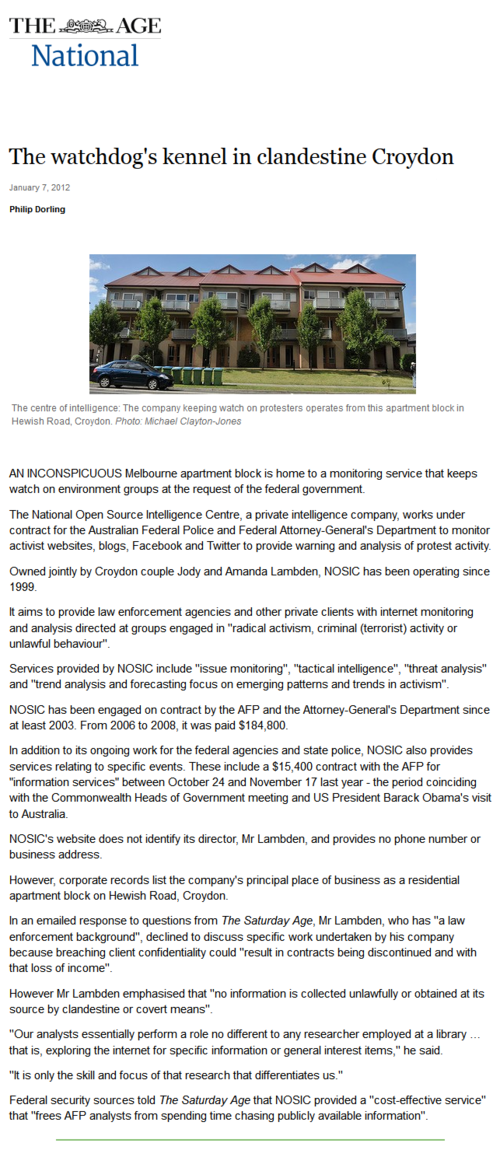Inventor of World Wide Web warns of threat to internet
“Tim Berners-Lee, a computer scientist who invented the web 25 years ago, called for a bill of rights that would guarantee the independence of the internet and ensure users’ privacy.
“If a company can control your access to the internet, if they can control which websites they go to, then they have tremendous control over your life,” Berners-Lee said at the London “Web We Want” festival on the future of the internet.
“If a Government can block you going to, for example, the opposition’s political pages, then they can give you a blinkered view of reality to keep themselves in power.”
“Suddenly the power to abuse the open internet has become so tempting both for government and big companies.”


 “Now that communication can be as quick as thought, why hasn’t our ability to organize politically—to establish gains and beyond that, to maintain them—kept pace? The web has given us both capacity and speed: but progressive change seems to be something perpetually in the air, rarely manifesting, even more rarely staying with us.
“Now that communication can be as quick as thought, why hasn’t our ability to organize politically—to establish gains and beyond that, to maintain them—kept pace? The web has given us both capacity and speed: but progressive change seems to be something perpetually in the air, rarely manifesting, even more rarely staying with us. “An inconspicuous Melbourne apartment block is home to a monitoring service that keeps watch on environment groups at the request of the federal government.
“An inconspicuous Melbourne apartment block is home to a monitoring service that keeps watch on environment groups at the request of the federal government.